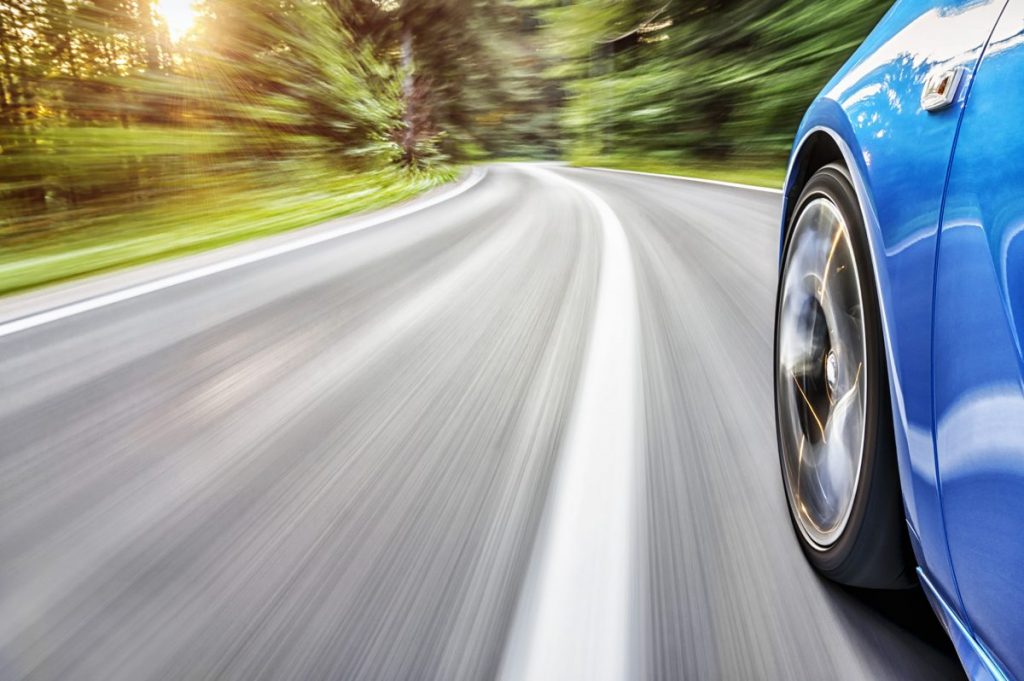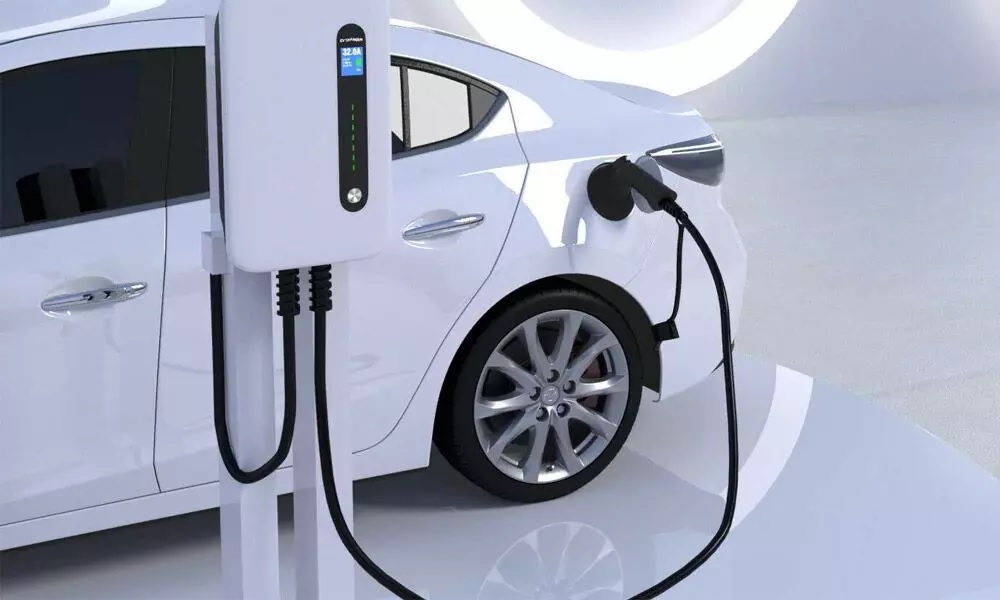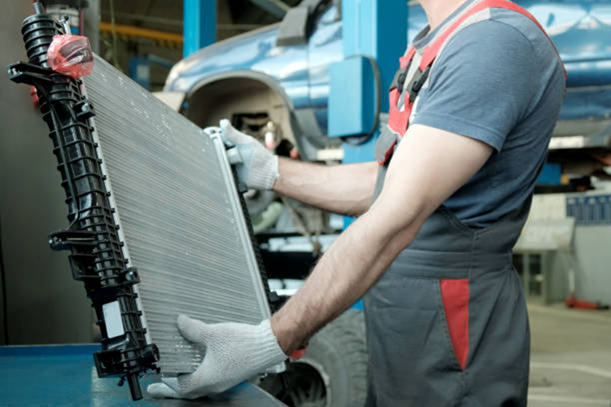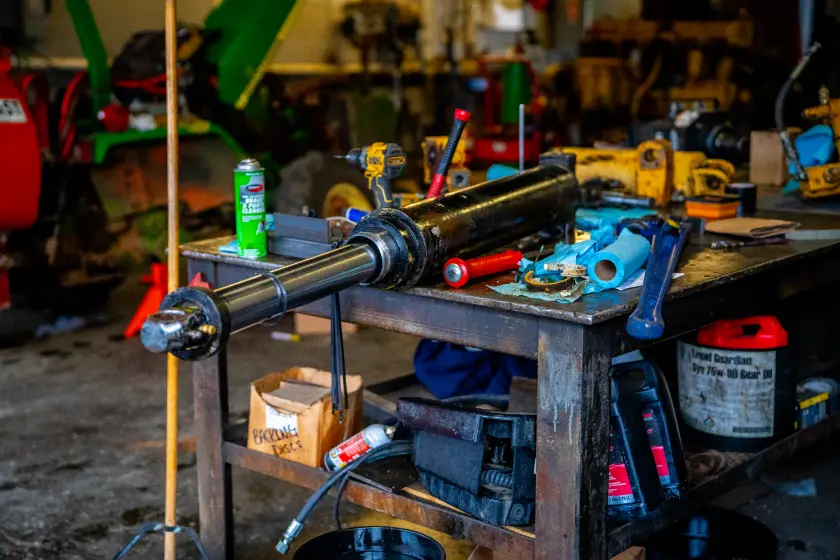In many cities around the world, the car is no longer king. As urban populations grow and traffic congestion worsens, alternative modes of transportation are becoming not just convenient, but essential. From motorcycles and electric scooters to bicycles and public transit systems, more people are turning to agile, efficient, and eco-friendly ways to get around—often outperforming traditional cars in both time and experience.
Here’s a look at some of the top places where alternative transportation outshines cars—and why you might want to consider switching gears on your next journey.
1. Ho Chi Minh City, Vietnam – Motorcycles Rule the Road
In Ho Chi Minh City (formerly Saigon), motorcycles aren’t just an option—they’re a way of life. With over 8 million motorbikes on the streets, motorcycles dominate the roads and provide the fastest way to navigate the city’s tightly packed lanes.
While cars often crawl through traffic jams and struggle to find parking, motorcycles weave through congestion, park with ease, and get you where you’re going in a fraction of the time. Riders in this bustling city know the importance of protective gear, especially a quality motorcycle helmet, when zipping through this two-wheeled metropolis.
2. Amsterdam, Netherlands – Bicycles Over Everything
Amsterdam is a model city for bicycle culture. With over 500 kilometers of bike lanes, the city is designed to support a high volume of cyclists. Locals use bikes for everything—commuting, shopping, and socializing. It’s not uncommon to see people carrying groceries, kids, or even pets on their bikes.
Cars are restricted in many areas of the city, and hefty parking fees discourage their use. In this environment, biking is often faster and much more pleasant than driving. The city’s flat landscape and compact layout make it perfect for pedal-powered travel.
3. San Francisco, California – Electric Scooters on the Rise
San Francisco’s steep hills and dense neighborhoods make it a challenging city for drivers. Between limited parking and frequent traffic snarls, owning a car here can be more trouble than it’s worth.
Electric scooters have quickly become a favored alternative for short-distance travel. With designated parking zones and widespread availability, scooters allow riders to zip through narrow streets, avoid costly ride-shares, and enjoy the city’s unique landscape without the stress of driving.
Paired with excellent public transit options like BART and Muni, many locals use scooters to cover the “last mile” from stations to their destination.
4. Bangkok, Thailand – Motorbike Taxis Get You There Fast
Bangkok is infamous for its traffic, especially during rush hours. But savvy locals and tourists know that motorcycle taxis offer a swift and affordable solution. These nimble rides can cut through lanes of standstill cars, dramatically reducing commute times in a city where gridlock is the norm.
Unlike regular taxis, motorbike taxis don’t require much space, making them ideal for navigating Bangkok’s crowded urban core. They’re an essential part of the city’s transportation ecosystem, especially for short trips or when you’re in a hurry.
5. Tokyo, Japan – Trains and Walking Win
While motorcycles and scooters are less common in Tokyo, the city is a prime example of how alternative modes of transport outperform cars. Tokyo’s rail system is one of the most efficient in the world, with trains running on time and covering nearly every part of the city.
Add in walkable neighborhoods and an emphasis on mixed-use development, and there’s little reason to own a car. Many locals pair public transportation with bicycles or foldable scooters for quick, car-free mobility.
6. Barcelona, Spain – Scooters and Biking Thrive
Barcelona’s narrow streets and compact urban design are tailor-made for two-wheeled travel. Motor scooters are especially popular, allowing riders to breeze through traffic and park in tight spots where cars can’t go.
The city has also made major investments in cycling infrastructure, including protected lanes and public bike-sharing programs. Combined with a mild Mediterranean climate, Barcelona is a dream city for alternative transportation enthusiasts.
7. New York City, USA – Subway, Biking, and Walking Dominate
In Manhattan, owning a car often feels like a liability. Between tolls, parking costs, and constant congestion, most New Yorkers opt for subways, bikes, or simply walking. The introduction of Citi Bike, along with a growing network of bike lanes, has further shifted the city toward alternative transportation.
Motorcycles and scooters are becoming more popular as well, especially among delivery workers and commuters looking to save time on cross-borough travel.
As cities grow and environmental concerns rise, alternative modes of transportation are proving to be more than just a trend—they’re the future. From the speed of motorcycles in Southeast Asia to the elegance of biking through Europe, these transportation options often beat cars in efficiency, cost, and convenience.
Whether you’re a daily commuter or an urban explorer, it might be time to leave the car behind and embrace the road less traveled. Just remember, if you’re choosing two wheels over four, prioritize your safety with gear that protects you.








